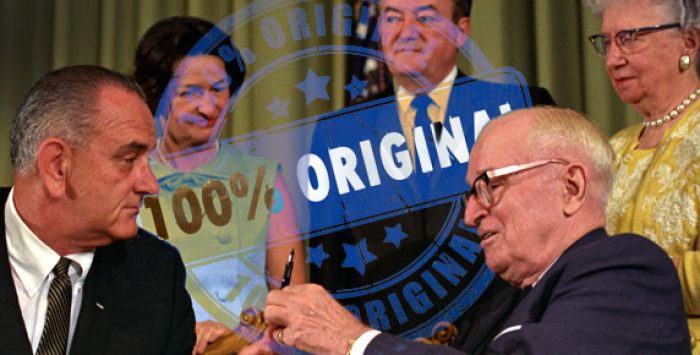For most people, the answer to this seems to be yes. And indeed, most beneficiaries do have supplemental coverage.
Supplemental coverage is optional, but it’s important to understand that Original Medicare does not have a cap on out-of-pocket costs. This includes the 20% Part B coinsurance, which can add up to an unlimited amount. Prior to enrolling in Medicare, many people are accustomed to health insurance that does have a limit on out-of-pocket costs. (For most plans, that limit can’t be more than $9,200 for in-network care in 2025, but that does not apply to Medicare.)
And Medicare Part A does not cover unlimited days in the hospital. A 60-day benefit period is enough to cover most hospitalizations. (The average inpatient stay is about five days.) But after an inpatient stay has reached 90 days, the beneficiary is limited to a lifetime maximum of 60 additional days of coverage under Original Medicare.
So in order to minimize out-of-pocket costs under Original Medicare, many beneficiaries maintain supplemental coverage, either through a Medigap policy or an employer/union/retiree policy. Medigap policies pay benefits after Medicare has paid its share, with different benefit levels depending on the plan the person selects. With employer/union/retiree coverage, the determination of which coverage is primary and which is secondary will depend on the size of the group health plan.
Since Original Medicare does not cover most outpatient prescription drugs, it’s also important for beneficiaries to maintain drug coverage, either from employer/union/retiree policy or Medicare Part D.






